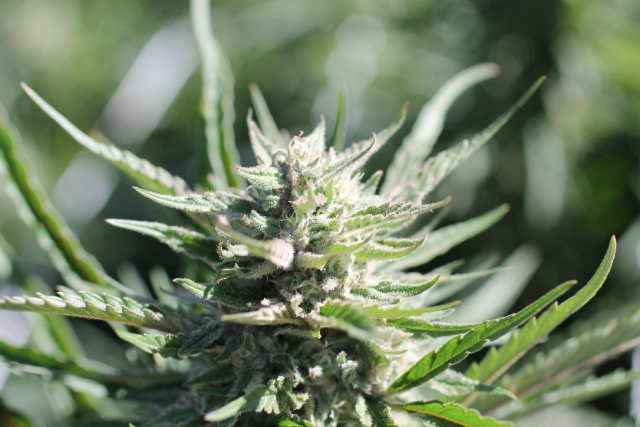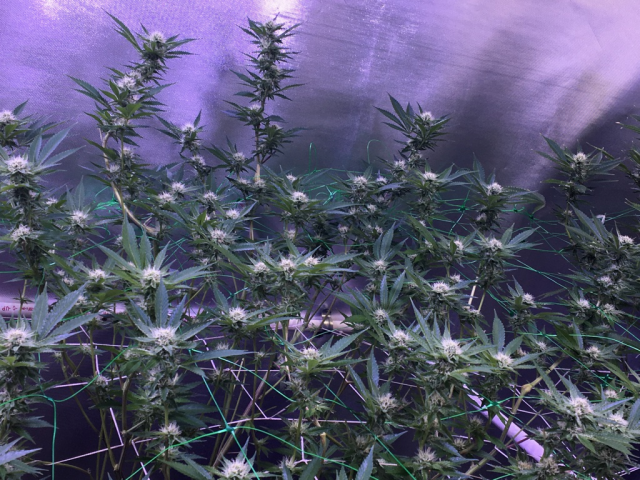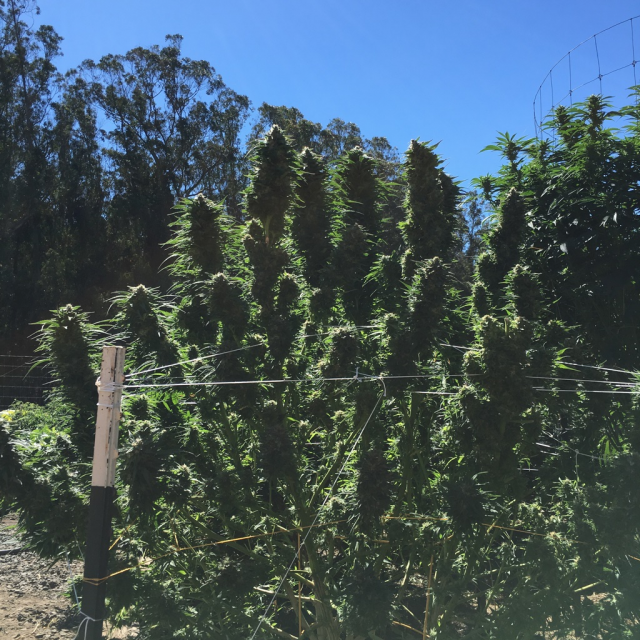How Different Growing Methods Affect Your Cannabis - Dr. Emily Earlenbaugh
How Different Growing Methods Affect Your Cannabis - Dr. Emily Earlenbaugh @emilyearlenbaugh

If you’ve been to a dispensary in the past, you may notice that there is a significant difference in the pricing structure for cannabis based on whether it was grown in an indoor environment, an outdoor environment, or in a greenhouse. Clients often ask me about this difference and how these different methods of growing affect the end product. Why so much variation? There are a few reasons for this price difference.

Indoor
Indoor cannabis costs more to produce because it requires a building, air-conditioning, lights and electricity, on top of everything else it takes to grow. This cost increases the price of indoor cannabis, but the controlled environment results in a higher quality cannabis in many respects. For one, there is less opportunity for pests, and other nasty things to get into the cannabis. This controlled environment also protects the growing plants from the harsh elements of nature, resulting in flower that is usually “kinder” than outdoor. ‘Kind’ means that the plant material isn’t as tough and it smokes more smoothly. Kind cannabis tends to be softer, tighter, denser, more flavorful and aromatic, and can have a higher percentage of the potent cannabinoids, terpenes and flavonoids relative to plant material. They also tend to have more visual appeal, with dense, crystally buds. While many argue that outdoor cannabis can be just as high quality as indoor, consumers continue to pay a premium for indoor cannabis. On the down side, indoor requires a lot of electricity, so isn’t always the most eco-friendly method of growing. Indoor also uses artificial light to drive plant and resin growth, which doesn’t have the sun’s full spectrum. The sun’s light is the best source for plant growth, and can bring out a more complex profile of terpenes, flavonoids and cannabinoids. For this reason, some actually prefer outdoor, saying it has superior effects.

Outdoor
Outdoor tends to be cheaper and for many consumers this makes is the most sustainable choice for chronic use. It is grown in the open sun so costs are reduced and the plants can get bigger, resulting in large sometimes fluffier buds. The end product tends to be more weathered by natural factors like wind, pests, uv rays, and temperature extremes. This leads to tougher buds, with a higher percentage of plant material and lipids than found in indoor. They tend to be more brown in color because of the UV exposure, and can taste more grassy because of the plant material and lipids. Still many argue that outdoor buds can have the best effects because the light from the natural sun brings out more complex terpenes and cannabinoid profiles. In terms of environmental impact, Outdoor has a lower carbon footprint than indoor or greenhouse, but it is the worst method of cultivation for water conservation.

Greenhouse
In the middle ground we have greenhouse growing which combines a partially controlled environment with the power of the sun to grow bigger plants. Greenhouse grown cannabis is not as weathered as Outdoor so it tends to be kinder, smoother, and tastier, but doesn’t reach the same level of these quality markers as indoor. Environmentally, greenhouse growing still uses a moderate amount of electricity, for fans, air-conditioning and supplemental lights but not as much as most indoor; and like outdoor growing, requires a lot of water.
While the way the plant was grown has a big effect on your cannabis experience, there are amazing flowers grown in each of these ways and it is good to try the spectrum to see what works well for you. What type of cannabis do you prefer?
-Dr. Emily Earlenbaugh @emilyearlenbaugh
🔥🔥 Emily is a freelance @KushSmokers author and we hope everyone enjoys her Steem articles. She is new to the Steem community and was introduced to it through the #KushSmokers onboarding program, so please take a second, follow Emily, as she will be posting on her own account as well as under the @KushSmokers handle, alongside many other new high quality authors such as Emily in the near future!🔥🔥
Read Her Introduction Post Here:
And her latest posts here:

I wrote a book on this subject, you can check it out for free on steemit:
https://steemit.com/gardening/@surfyogi/the-joys-of-an-herb-garden-at-home-v2-part-1-of-3
Wonderful! Thanks for sharing @suryogi
When your so deep into a subject, you sometimes forget the basics
The best I have ever grown was in a makeshift greenhouse that I attached to the back of my house. It was made of 6 mil plastic and pvc pipe. I cut slits in the plastic for airflow. Didn't need fans, actually had to heat the place at night toward the end. Only had to water once a week, but misted the plants every day. I grew 30 in there and it was all wonderful. Big, dense, sticky buds. Very colorful and flavorful and BIG highs. Better than I have ever bought. One difference from normal : It was grown at 8600 ft.
Full spectrum light is great - there's nothing like sunlight! I'm seeing more commercial cannabis grows moving to greenhouse and high tunnel growing. It allows more environmental control while utilizing the best, free source of light. Many equipped with blackout systems/ light deprivation setups. I think that we are at a precipice here..it is just the beginning.
Maybe look into growing with some regular 25watt warm white cfl bulbs!! You can fit it almost every, great to start learning with en can make as stealthy as you want
Great article, man. Different growing methods do lead to different quality of the product and that's something that growers have to understand.
Also, what do you think about mixing all of these different methods together?
Nice article. Can I suggest next topic be on fertilizers?
much appreciated @satchmo - great article suggestion :)
Always great to read about buds and to learn some stuff along the way is even better
I usually like my cannabis to be grown indoor. It seems that the is a closer connection between the farmer and the crop when growing indoors, as quality can be more closely monitored.
Indoors can be costly but you can help reduce that cost by running your lights at night instead of during the day when it's the hottest. This could save you money os multiple levels, not needing AC and getting a break on electricity cost. That or using LEDs.
Nice article very informative!
upvoted!
thanks @himal
You guys keep lifting the bar with your informative articles. Bless up my friends. What's next? microbial inoculation of roots (organic) vs chemical fertilizers? Please!
much appreciated @phenry - great article suggestion :)